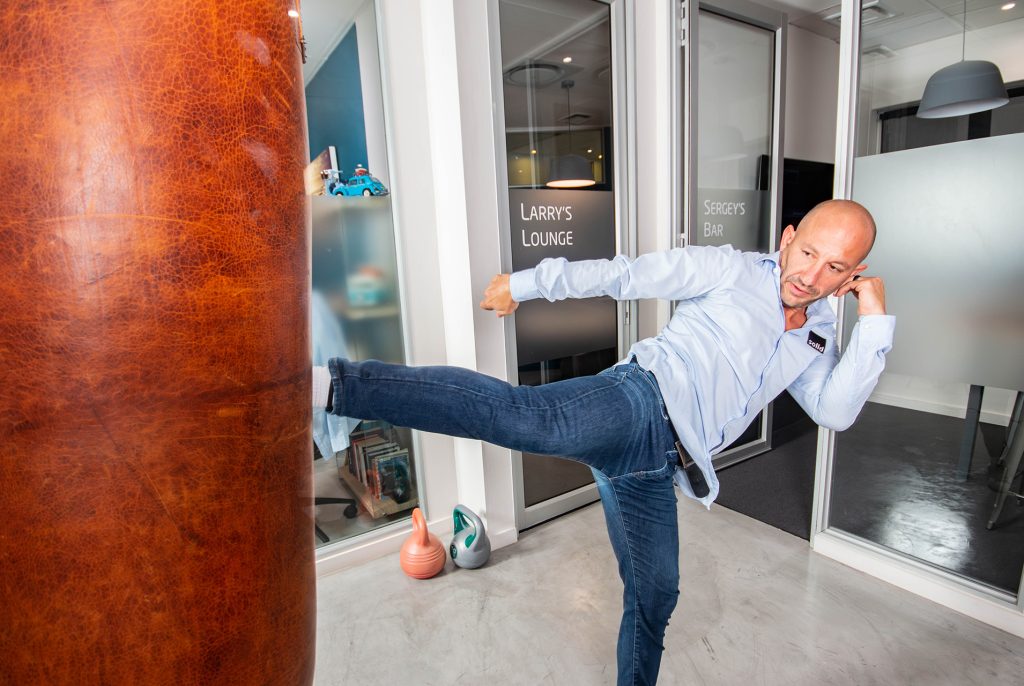
Keeping your business secure against threats is no easy feat. Attackers are finding new ways to compromise data, infrastructure and operations every single day, and making sure that you can recogise and react to potential attacks in the right way is more important than ever.
This month, we asked our humans for their top tips in addressing cybersecurity threats, and have pulled out some gems on the topic from our website and blog. If ever there was a newsletter to share, this is it.
How Can You Recognise A Potential Attack And What Should You Do?

Michael says
Stay vigilant for unusual email requests, especially those urging immediate action or containing unexpected links. I verify sender legitimacy by checking the sender’s address and looking out for anomalies like grammatical errors or brand inconsistencies before clicking or sharing sensitive information which includes payments. If there is a change in bank details requiring a payment, I get my finance team to speak to a human and verify before making payment.

Waldo says
A top tip to recognise a potential cyber attack is to watch out for unexpected pop-ups, slow computer performance, or unfamiliar emails asking for personal information. If you suspect an attack, disconnect from the internet to prevent further damage, avoid clicking on any suspicious links, and run a trusted antivirus program. It’s also a good idea to regularly back up important data and use strong, unique passwords for different accounts.

Bevin says
My top tip would be to always be aware of any suspicious activity occuring, whether it’s phishing mails coming in, or alerts that are being sent from your monitoring software. My advice for handling a potential attack would be to turn to the humans you can trust. Report any unrecognised activity to your IT department or to your technology partner as soon as it happens – they’ll be in the best position to address them and to advise on the next best steps.
How Secure Is Your Domain?

One of the most popular methods of cybersecurity attack in recent years is social engineering – using your trust to gain access, data or money. In these attacks, someone will impersonate one of your colleagues or friends and ask for personal information, or encourage you to click on a malicious link. And these social engineering attacks are hard to spot – they may even come from your own domain name!
Avoiding impersonation attacks takes vigilance, but there are also ways that you as a business can protect your users and stop attackers from using your domain. It’s called Sendmarc Email Security, and we’ve put together a whole page dedicated to it. You can even check how secure your domain is already, and whether you’re at risk of an impersonation attack.
Tips From The Solid Blog
So many companies assume that because they are small, they are unlikely to become targets for cyberattacks. But the importance of cyber security cannot be underestimated.
Making sure that every human within your business understands the threats that you face, their role in preventing attacks, and what they need to do if one occurs.
All Personally Identifiable Information is personal data, but not all personal data is PII. We look at the differences between the two terms and how your business can protect your data.
Sometimes you just need to see an attack in action to understand how specific attack types work, the impact that they can have, and the preventative measures that you can take.









